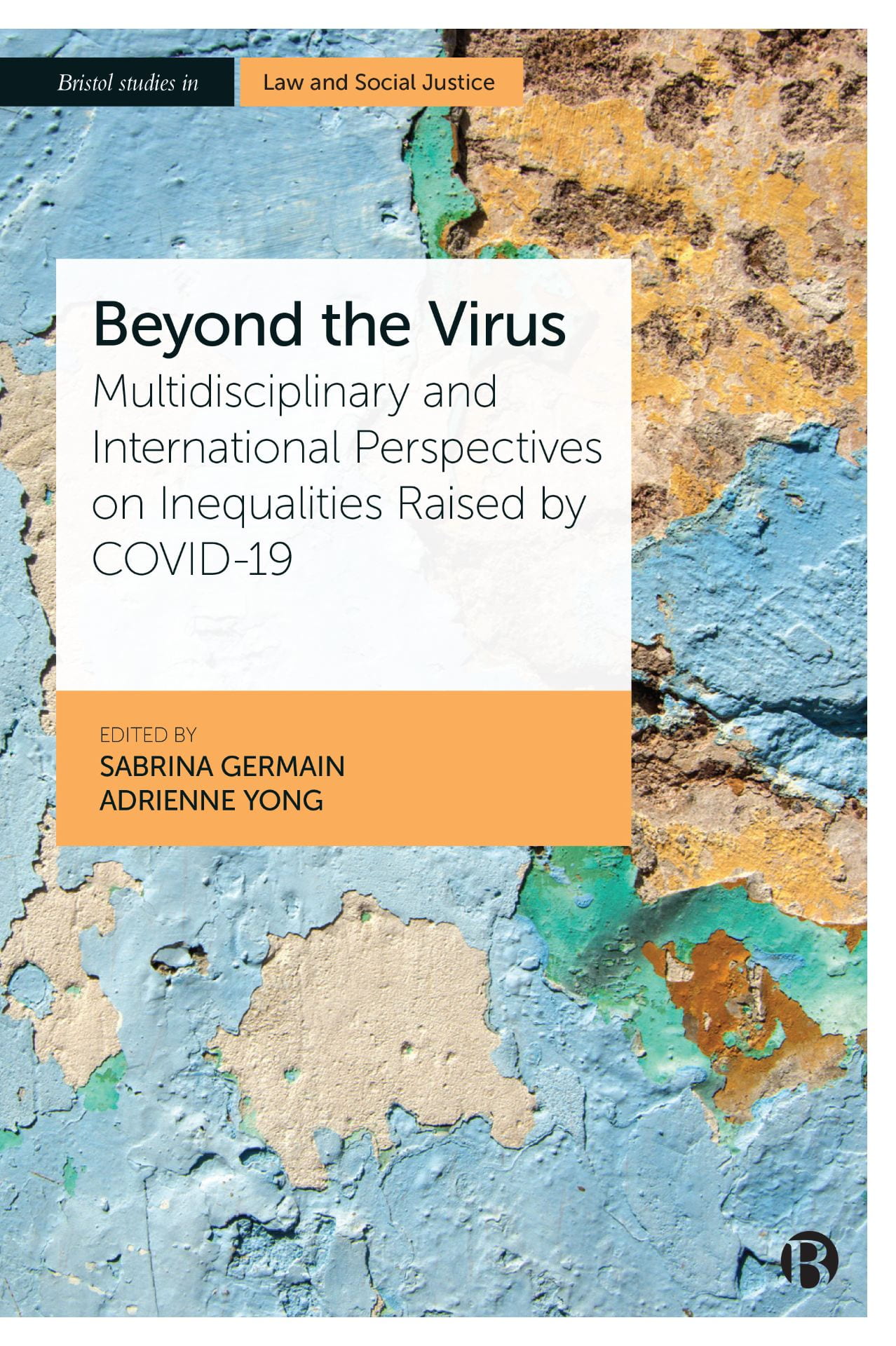On 12 March 2025 at City St George’s, University of London, Institute for the Study of European Laws (ISEL), Prof. Eleftheria Neframi presented her recent paper, titled ‘‘Withdrawal of the European Union from the Energy Charter Treaty: A Case Study for Mixity.’’
This blog post outlines the key ideas of the presentation, collated by Christos Karetsos

The Energy Charter Treaty (ECT) was concluded by more than 53 contracting parties, including the European Union (EU) and Euratom, as well as the Member States of the EU. It was approved by the EU in 1998 as a mixed agreement. Establishing a framework for energy cooperation, promoting energy security and the protection of foreign investments in the energy sector, the ECT was heavily criticized for its incompatibility with the objective of phasing out fossil fuels and making a rapid transition to renewable energies. Such criticism was an opportunity for the EU to promote its environmental standards and reform international investment law in line with its green transition objectives, given its interest in regulating the neighbourhood market through the ECT as a way of ensuring security of supply. The EU participated in the process launched in 2018 to modernise the ECT and submitted a proposal. After four years of negotiations, the Agreement in Principle of the Modernisation of the ECT (AIP), which was adopted in June 2022, largely reflected the content of the EU proposal. The main changes included a flexibility mechanism allowing parties to exclude fossil fuels from the energies whose investments are protected and to phase out existing fossil fuel investments after 10 years (instead of the 20 years sunset clause), a reference to the International Energy Charter, the application of the United Nations Commission on International Trade Law (UNCITRAL) rules on transparency in investor-state dispute settlement, and recognition of the need to respect the rights and duties of Parties under the United Nations Framework Convention on Climate Change (UNFCCC) and the Paris Agreement. However, Member States representing more than 70% of the EU population considered that the modernisation proposal did not meet their environmental ambitions. The modernised text failed to gather the necessary majority in the EU Council. Consequently, under the pressure of sustainability concerns, the door to withdrawals was opened.


